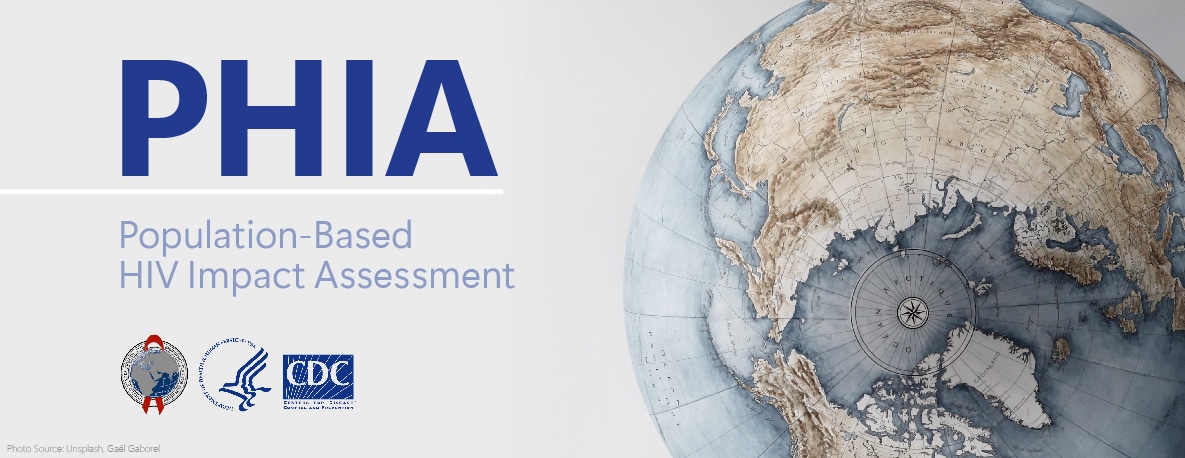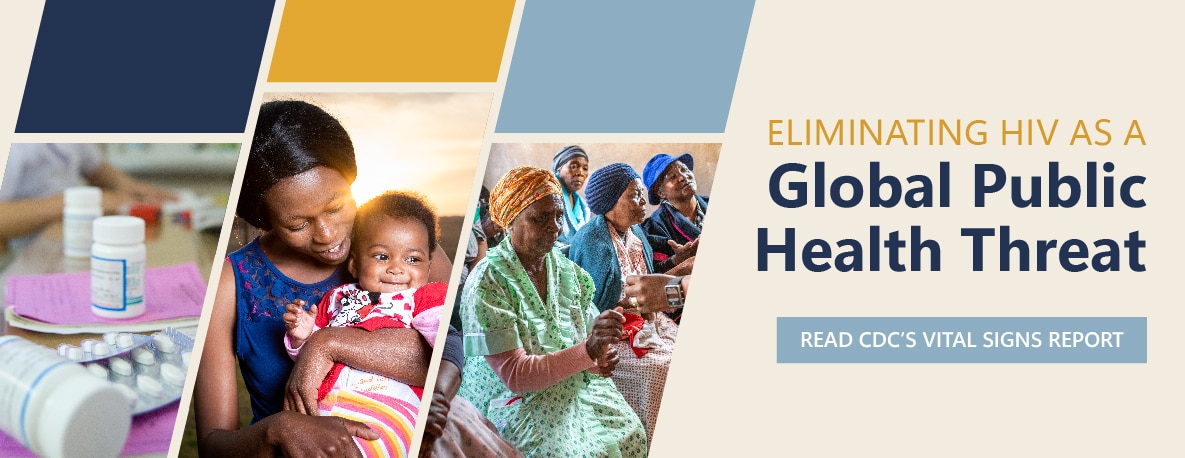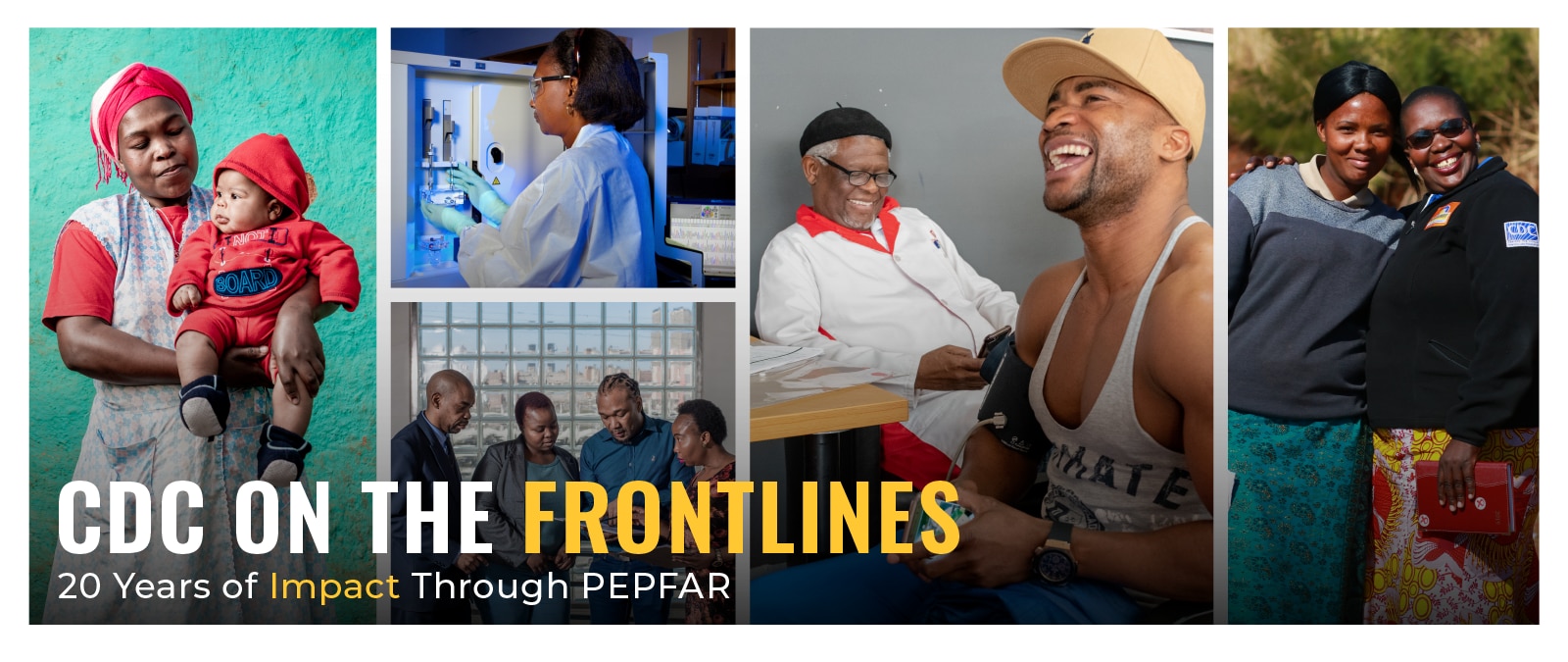Brazil Country Profile

Brazil Country Profile
Discover more about CDC’s work in Brazil by viewing our detailed country profile
Country Overview
Since 2003, CDC has partnered with Brazil’s Ministry of Health to enhance its HIV programming, monitoring and evaluation, epidemiological surveillance, and laboratory services. A focus of CDC’s work with Brazil in its HIV epidemic control efforts is to expand innovative approaches targeting key populations—particularly men who have sex with men. CDC also provides technical assistance to the Ministry to strengthen data collection for analysis and decision-making and works closely with the country’s National Tuberculosis Program on shared priorities for TB control.
Per Capita GNI
$8,140
(2022)
Population (million)
215.31
(2022)
Under 5 Mortality
14.4/1,000 Live Births
(2021)
Life Expectancy
72.8 Years
(2021)
Estimated HIV Prevalence
0.6%
(Ages 15-49): (2022)
Estimated AIDS Deaths
Awaiting Data
(2022)
TB Treatment Success Rate
67%
(2020)
Estimated TB Incidence
48/100,000
(2021)
TB Mortality
14.4/1,000
(2021)
Estimated Orphans Due to AIDS
Awaiting Data
(2022)
TB patients with known HIV-status who are HIV-positive
11%
(2021)
Reported Number Receiving Antiretroviral Therapy (ART)
Awaiting Data
(2022)
Strategic Focus
Since 2003, Centers for Disease Control and Prevention (CDC)-Brazil has played a critical role in lending expertise and partnering with the Ministry of Health’s (MOH) Secretariat of Health Surveillance to promote the use of new and innovative technologies to control the country’s HIV epidemic and build sustainable programs. CDC Brazil is dedicated to building important public health and diplomatic relationships between the Governments of Brazil and the United States in health prevention and promotion.
Strengthening Public Health Platforms: CDC provides technical leadership and direct assistance to the MOH to enhance HIV programming, monitoring and evaluation (M&E), epidemiological surveillance, and laboratory services. CDC leads and supports research and trainings, knowledge exchanges, and decentralization of HIV services to the health care network through training and hands-on support.
Expanding HIV Testing and Linkage to Treatment among Men Who Have Sex with Men (MSM): CDC provides technical support to strengthen the local response to HIV/AIDS. In partnership with the National Sexually Transmitted Infections (STI), AIDS and Viral Hepatitis Department, CDC-Brazil implements projects, studies and programs to introduce innovation and provide further evidence on successful approaches targeting key populations, and particularly MSM.
Key Activities and Accomplishments
HIV Testing: Collaborating with selected state and municipal health departments in Paraná and São Paulo states, in addition to a variety of civil society organizations, CDC supports HIV self-testing among MSM through distribution of oral fluid-based tests using a web-based request-and-delivery system. CDC and its partners work to increase MSM access to HIV pre- and post-exposure prophylaxis and to diagnosis and treatment of sexually transmitted infections. All communication strategies are focused on young MSM.
HIV Surveillance: CDC provides technical assistance (TA) to develop tools for outlining key stages of engagement in the continuum of HIV treatment, data collection, analysis and use for decision-making. The Curitiba Health Secretariat is developing the first ever MSM-specific continuum of care in country. CDC also provides TA to HIV prevalence estimations among key populations in Brazil.
Tuberculosis: CDC works closely with the National Tuberculosis Program (NTP) on select shared priorities. Currently, the NTP and CDC are planning a survey of catastrophic costs associated with TB as well capacity building in TB infection control and prevention.

Tracking PEPFAR Impact Toward Global Targets
The U.S. Centers for Disease Control and Prevention (CDC) works with partners including host countries, local implementing partners, faith-based organizations, and other community-based organizations to measure progress towards HIV epidemic control in countries supported by the U.S. President’s Emergency Plan for AIDS Relief (PEPFAR).

Vital Signs: Global HIV Communications Toolkit
In 2003, the U.S. President’s Emergency Plan for AIDS Relief, or PEPFAR, was announced. When it was launched, PEPFAR became the largest commitment by any nation to address a single disease in history. At the time, HIV was a global crisis, devastating families, communities, and economies worldwide—particularly in sub-Saharan African countries.

CDC On the Frontlines
Over the past 20 years, the U.S. President’s Emergency Plan for AIDS Relief (PEPFAR) has saved millions of lives as a leader in the global response to two of the world’s deadliest infectious diseases – HIV and TB. As a key implementing agency of the U.S. President’s Emergency Plan for AIDS Relief (PEPFAR), CDC is at the forefront of these global efforts to treat and prevent these diseases.